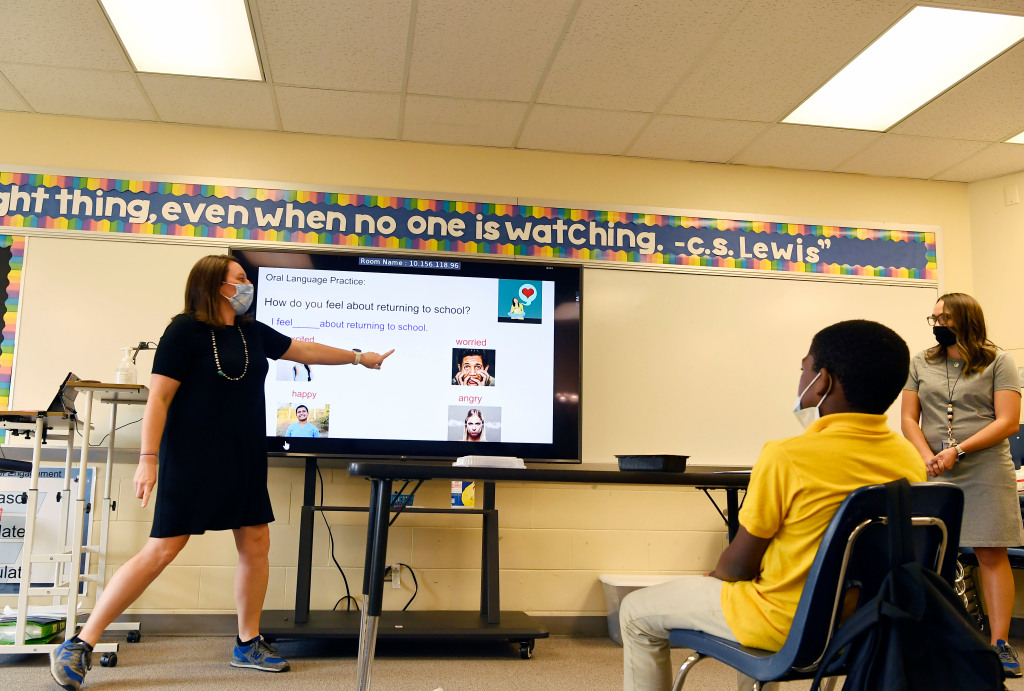By Erica Melzer and Annie Fu, Chalkbeat Colorado
When Colorado schools reopen in the fall, most of them will have a lot more money to work with — between 10% and 12% more per student for the typical district — and schools that serve large numbers of students who live in poverty and English learners will be the biggest beneficiaries.
The pandemic forced lawmakers to reexamine which students need the most help. With the economy doing better than expected and lawmakers using a new legal interpretation to raise local taxes, Colorado is investing nearly $500 million more in K-12 education, with $91 million alone from mill changes in 2021-22.
“In a nutshell, it’s a huge step forward for kids,” said Leslie Colwell of the Colorado Children’s Campaign, which has called for sweeping changes to school funding. “We saw the biggest movement for school finance on both the revenue and the formula side in 25 years.”
This year’s legislative session saw a series of key changes to how Colorado funds its schools, just one year after lawmakers made deep cuts to all areas of state government. As painful as it was, the pandemic paved the way for major changes, some of which advocates have sought for years.
- Taxpayers in school districts with low property tax rates will start paying more, thanks to a Colorado Supreme Court decision that lets the state undo past tax cuts.
- Lawmakers restored past funding cuts to K-12 education and added even more money into the system, partly on the basis of this new local revenue. The state’s base education budget now approaches $8 billion.
- Instead of putting that new money into the previous school finance formula, lawmakers increased the number of students considered at-risk and, for the first time, promised extra money for every student learning English.
These changes are significant because Colorado has constitutional restrictions on raising and spending money. With limited money in the system, past efforts to change how Colorado funds schools have foundered on rocky political shores.
Read the full story from our partners at chalkbeat.org.
Chalkbeat Colorado is a nonprofit news organization covering education issues. For more, visit co.chalkbeat.org.


















